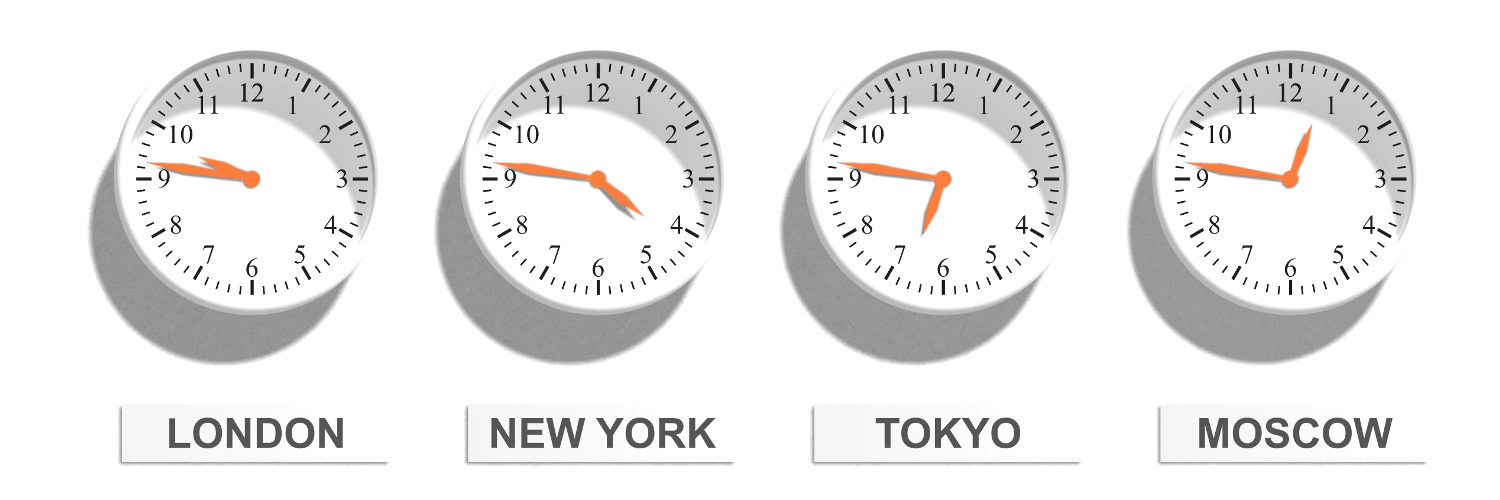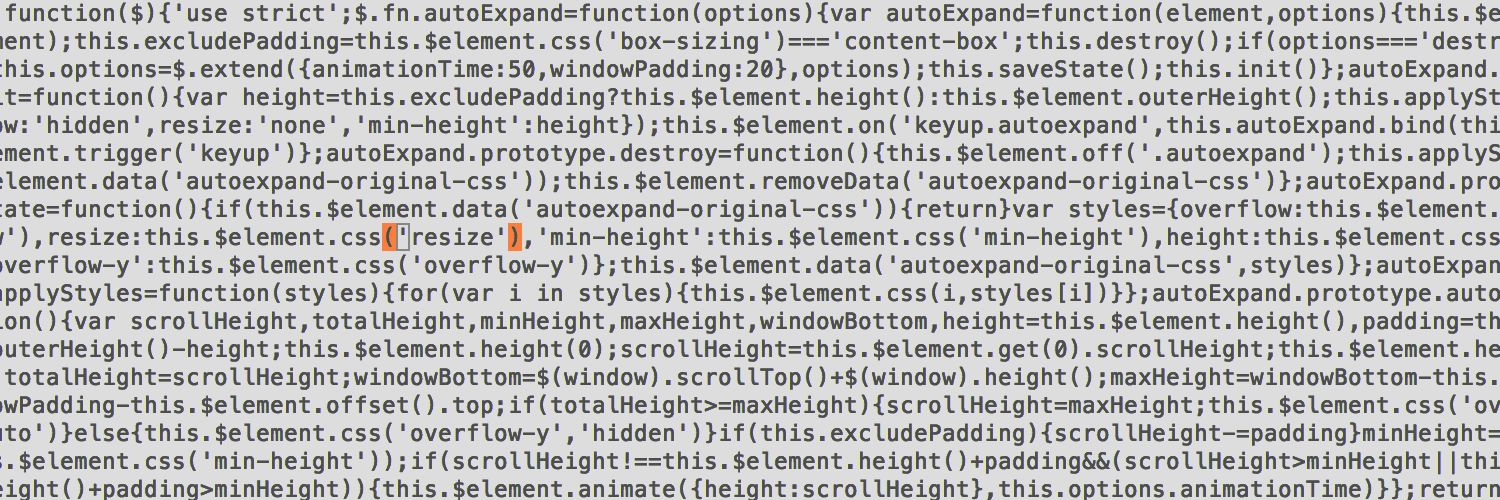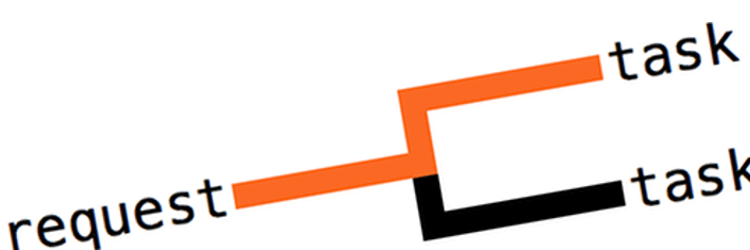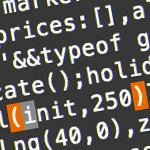Measuring software coupling
Coupling is about how objects in your application are connected: which objects depend on which, and how does that affect the entire system’s stability?
An application has tight coupling when a lot of components depend on each other. This should usually be avoided because a change in 1 place can cause issues in any of its dependencies.
So what does coupling tell you about your classes?















